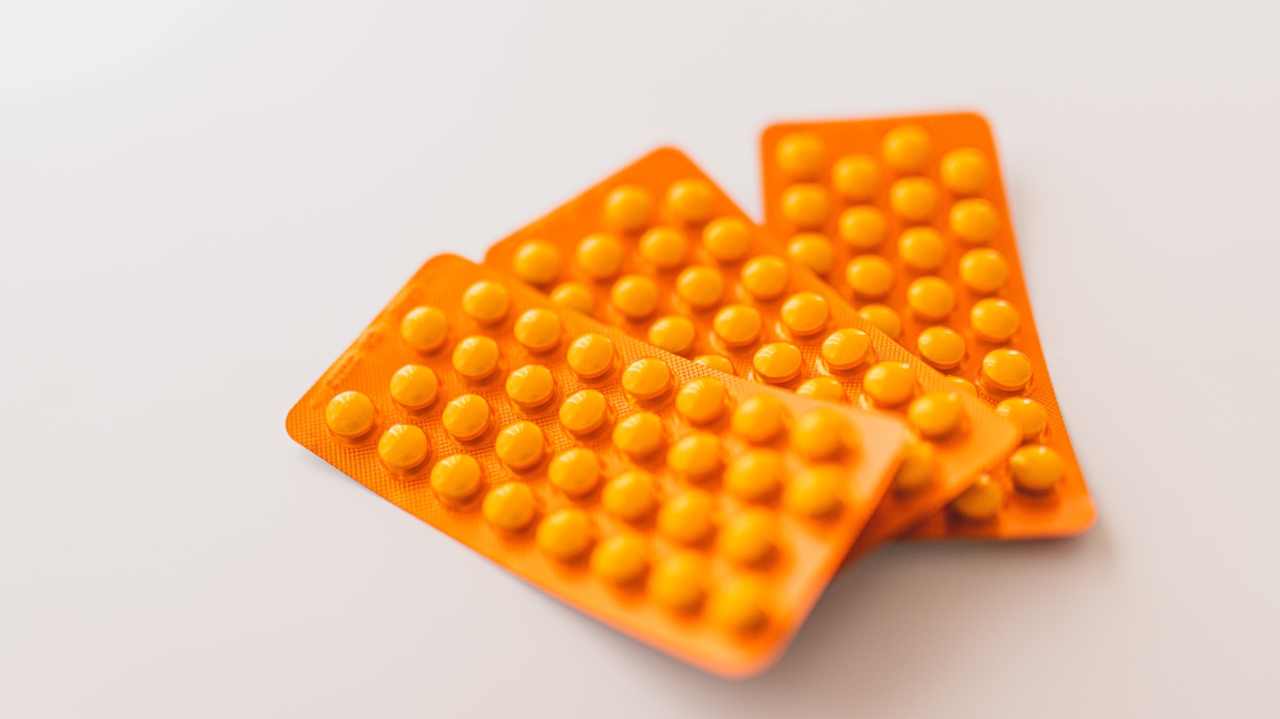Headaches can be incredibly debilitating, preventing us from focusing on our work, enjoying our hobbies, or even simply going about our daily lives.
Whether caused by stress, tension, sinus issues, or any other factors, the pain and discomfort can be overwhelming. While there are various medications available for quick relief, they often come with side effects or may not be suitable for everyone.
If you are looking for natural and effective ways to alleviate headache symptoms, try incorporating these six movements into your routine.
1. Neck Stretches and Exercises
Poor posture and tension in the neck muscles are common culprits for headaches. Performing regular neck stretches and exercises can help alleviate the pain and prevent future episodes. Here are a few simple movements to try:.
– Gently tilt your head to the left, aiming to touch your ear to your shoulder. Hold for 15-30 seconds and repeat on the other side.
– Slowly rotate your head in clockwise and counterclockwise directions to stretch the neck muscles. Repeat 5-10 times each way.
– Place your hands on the back of your head and gently push forward while resisting the movement with your neck muscles. Hold for a few seconds and release. Repeat this exercise 10 times.
2. Scalp and Face Massage
Massaging your scalp and face can help release tension and promote relaxation, providing much-needed relief from headaches. Follow these steps to perform a soothing scalp and face massage:.
– Use your fingertips to gently massage your scalp in circular motions. Start from the base of your skull and move towards your forehead. Repeat for a few minutes.
– Apply light pressure with your fingertips on your temples and make small circular motions. Gradually increase the pressure if it feels comfortable.
– Use your thumbs to massage your jawline, starting from the center and moving towards your ears. Apply firm but gentle pressure.
By incorporating scalp and face massage into your routine, you can relieve muscle tension and improve blood circulation, effectively minimizing headache symptoms.
3. Yoga for Relaxation
Practicing yoga is known to help reduce stress, relax your mind, and alleviate headache symptoms. Here are a few yoga poses that can be particularly helpful:.
– Child’s Pose: Sit on your heels and slowly lower your upper body forward, reaching your arms out in front of you. Rest your forehead on the floor or a pillow. Stay in this pose for a few minutes, focusing on deep, slow breaths.
– Eagle Arms: Sit or stand comfortably and cross your right arm over your left arm, bringing your palms together. Lift your elbows to shoulder height and hold for 30 seconds. Repeat with the opposite arm on top.
– Legs Up the Wall: Lie down on your back with your legs extended up against a wall. Rest your arms by your sides. Stay in this position for 10-15 minutes, focusing on relaxing your entire body and breathing deeply.
Yoga not only helps relieve physical tension but also promotes mental clarity and relaxation, making it an excellent choice for natural headache relief.
4. Breathing Techniques
Proper, intentional breathing can have a significant impact on headache symptoms. When we are stressed or anxious, we often forget to breathe deeply and instead take shallow breaths, which can worsen headaches.
Try these breathing techniques to promote relaxation and relieve headache pain:.
– Diaphragmatic Breathing: Lie down on your back and place one hand on your stomach. Take slow, deep breaths, focusing on expanding your belly as you inhale and contracting it as you exhale. Continue for several minutes.
– Alternate Nostril Breathing: Sit comfortably with your spine straight. Close your right nostril with your right thumb and inhale deeply through your left nostril. Close your left nostril with your ring finger and exhale through your right nostril.
Repeat for several rounds, alternating nostrils for inhalation and exhalation.
5. Acupressure Points
Acupressure is an ancient technique that involves applying pressure to specific points on the body to relieve pain and promote healing. Here are a few acupressure points that may help alleviate headache symptoms:.
– The Third Eye Point: Locate the spot between your eyebrows, slightly above the bridge of your nose. Apply gentle pressure to this point using your index and middle finger for 1-2 minutes while breathing deeply.
– The Gates of Consciousness: Place your thumbs on the back of your neck, just below the base of your skull, where the neck muscles meet. Apply steady and firm pressure to these points for a few minutes, focusing on releasing tension.
– The Welcome Fragrance: Find the point on both sides of your nose, just beside your nostrils. Place your index and middle finger on these points and apply gentle pressure for about a minute while taking slow and deep breaths.
6. Hydration and Rest
Dehydration and lack of quality sleep can contribute to headaches. Whether you are experiencing a headache or trying to prevent one, make sure you are well-hydrated and getting enough rest. Consider the following tips:.
– Drink an adequate amount of water throughout the day, aiming for at least eight glasses. Avoid excessive caffeine and alcohol, as they can dehydrate the body.
– Establish a consistent sleep routine, aiming for 7-9 hours of quality sleep each night. Create a peaceful sleep environment, limit exposure to electronic devices before bed, and practice relaxation techniques to improve sleep quality.
By prioritizing hydration and rest, you can support your body’s natural ability to prevent and alleviate headaches.
Remember, while these movements can provide relief for many individuals, it is essential to consult with a healthcare professional if you experience chronic or severe headaches.
They can help identify underlying causes and suggest personalized treatment options.






























